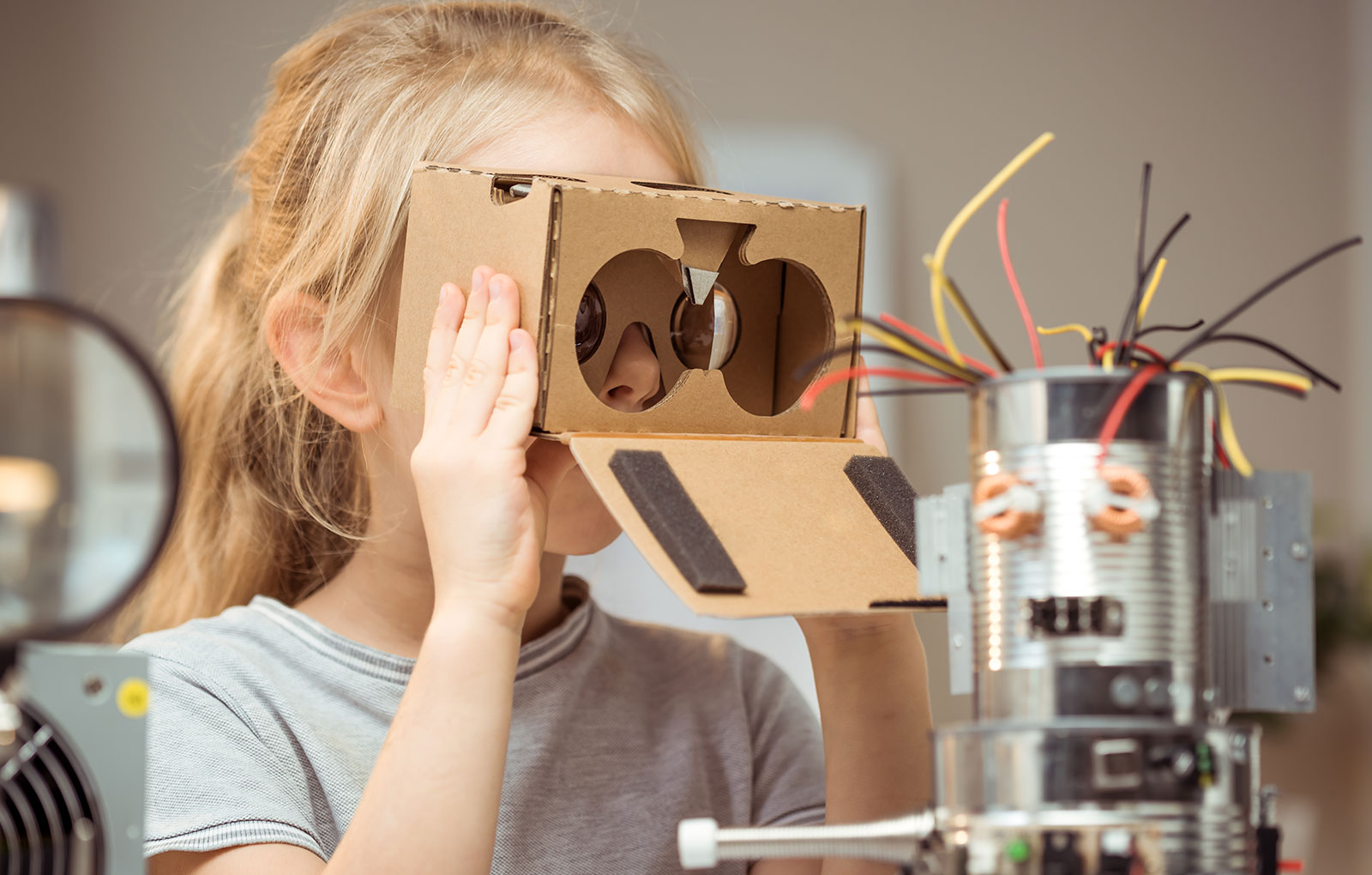
We explore experience
UX research examines the interaction between user and product. We do this too, but differently! Instead of merely describing interaction patterns, we focus on the users themselves and scrutinise their motives—as people.
Why do we do this? Design and product development often anticipates UX KPIs early on, in the ideation phase, aiming to score as highly as possible with standardised indices such as ‘efficiency’ or ‘learnability’. This seemingly renders the quality of such innovations measurable.
However, it’s not uncommon for ideas that are too preoccupied with functional standards for use [DIN ISO norms] to fail in the marketplace. The reason for this: the product experience is side-lined in favour of a smooth man-machine interaction.
GIM experience in a nutshell: Our offer as a compact Pdf.
We dig deeper into experience—from problem-solving to experience enhancement
We interpret ‘experience’ less in terms of man-machine interaction and look instead at underlying social practices and everyday routines. This is our focus of interest.
To our mind, technical artefacts aren’t mere solutions to a problem. They are also experience-enhancers which, if designed properly, can improve the experience surrounding a social practice or indeed make it into an ‘experience’ in the first place.
What does this actually mean?
Take a coffee machine, for example. For us, the user ‘experience’ isn’t just about getting the job done at the touch of three buttons but also about ‘coffee enjoyment’. We’re referring here to anticipation of the enjoyment, the smell of freshly brewed coffee, or the prospect of a homely breakfast with the whole family.
In short: we apply ourselves not just to the ‘user’ but to the underlying person with all their everyday motivations and needs.


We put the experience back into digital
The crucial question when it comes to experience design has always been how to transform these experience-related needs into an experience design.
We address this challenge by drawing on the tangible interaction principle as defined by the material turn: abstract materials without properties, such as user interfaces, are converted into material textures that render the experience of an interaction verbalisable and palpable to the senses.
Mundane everyday items thus go from basic material to ‘projection screens’ and conveyors of meaning. New interaction experiences are created and unorthodox solutions that go beyond standardised KPIs are developed.
Our expertise in artefact and design semiotics helps us to systematically classify and interpret the codes of meaning of virtually any material and translate them into corresponding experience design codes.
